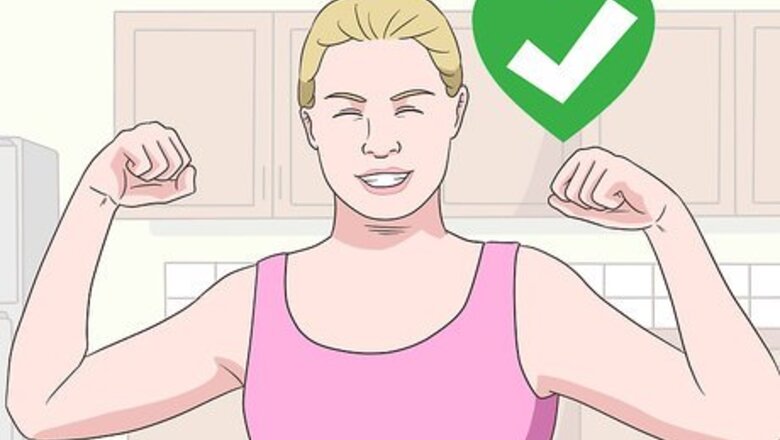
views
Relieving Calluses at Home

Make sure you’re healthy enough for home treatment. Most people can safely treat their calluses at home. If you have an underlying condition that causes poor blood flow to your hands and feet, seek your doctor’s advice. This can ensure that you get proper treatment that won’t exacerbate underlying conditions or cause complications. People who have the following conditions should seek medical treatment for calluses: Diabetes Peripheral arterial disease Peripheral neuropathy Fragile skin
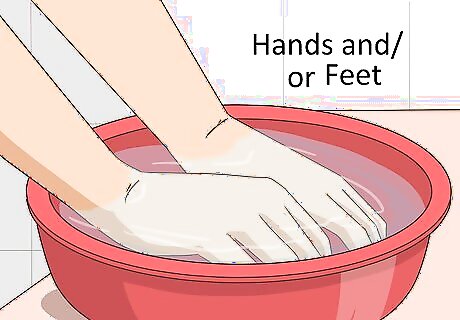
Soak your hands and/or feet in warm water. Moisture can soften the hardened skin of calluses. Soaking your hands and/or feet in warm water can soften your calluses and prepare them for filing and moisturizer. Add a cup of apple cider vinegar or Epsom salts to the water. These may further soften your calluses. Soak for 5-10 minutes or until your skin softens. Avoid soaking in hot water. This can strip your skin of moisture and increase the risk of scalding or burning yourself. Pat your hands and/or feet dry once your skin feels softened.
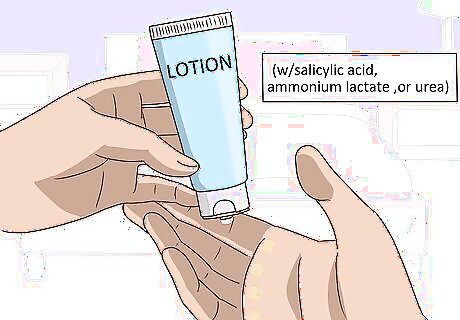
Moisturize callused areas daily. Applying moisturizers to your hands and feet every day can keep your skin soft. Choose creams or lotions with salicylic acid, ammonium lactate, or urea. These can also gradually soften your calluses. Apply creams or lotions as needed or according to the product packaging.
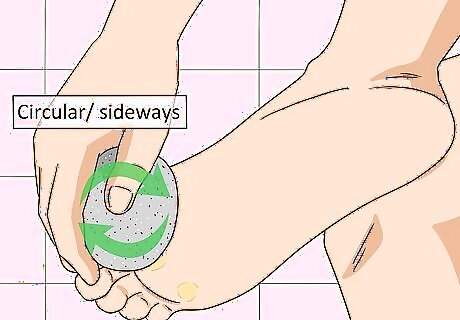
File away calluses. Dip a pumice stone in warm water. Gently rub the stone in a circular or sideways motion over the callus to remove dead and hardened skin. Use an emery board or soft washcloth if you prefer less scrubbing action.
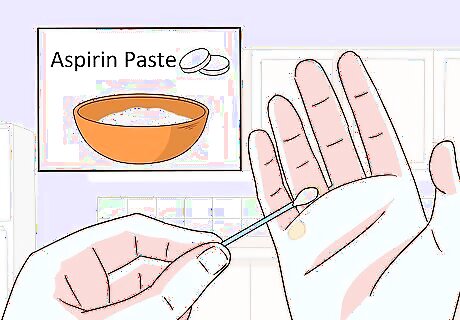
Dab on an aspirin paste. Salicylic acid, which is the primary compound in aspirin, can also remove calluses. Crush five or six uncoated aspirin tablets and mix them into a paste with equal parts water and apple cider vinegar. Rub the paste onto your calluses. Use a bandage to hold the mixture in place. Wait at least 10 minutes before removing the bandage. This should soften up the callus enough to gently rub it off with a pumice stone or other filing tool.
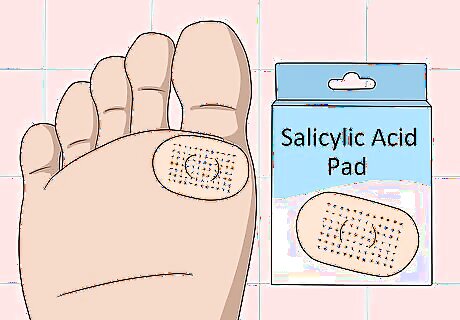
Place salicylic acid pads on the callus. Purchase salicylic acid callus remover pads at your local pharmacy or large retailer. Most places sell these pads over the counter at strengths of up to 40% salicylic acid. Follow the packaging instruction and reapply the patches as directed. Cover the healthy area surrounding the callus with a plastic bandage or a thin layer of petroleum jelly. This can prevent damage to healthy skin from the treatment. Keep the pads away from your eyes, nose, or mouth. Rinse healthy skin exposed to salicylic acid with water as soon as possible. Avoid using salicylic acid pads if you have cracked or broken skin. You should also not use these pads if you have fragile skin.

Apply salicylic acid lotions or gels. Salicylic acid also comes in a liquid or gel form. They are generally mild and shouldn’t cause pain. Follow the application instructions to get optimal results and prevent damaging your skin. You should avoid using salicylic lotions or gels if you have cracked or broken skin around the callus or fragile skin.
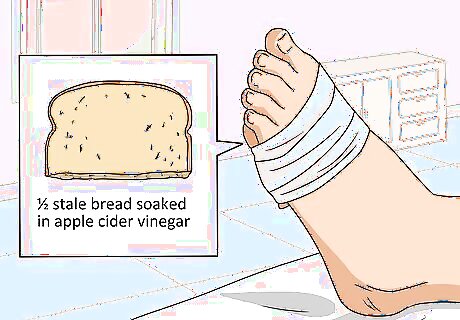
Wrap your calluses in stale bread and apple cider vinegar. Soak a ½ slice of stale bread in apple cider vinegar. Secure it to your calluses with a piece of adhesive tape. Then cover the area with plastic wrap under a sock. Leave this on overnight, which may make your calluses disappear by morning. Remove the bread immediately if you experience any pain.
Getting Medical Treatment for Calluses

See your doctor or a podiatrist. A podiatrist, or doctor of podiatric medicine (DPM), is a doctor who specializes in foot care. If you have stubborn calluses or a condition that increases your risk for serious foot issues, then you will need to get professional medical treatment. Your doctor or podiatrist can treat your calluses and instruct you on safe home treatments. Let your doctor know how long you’ve had the callus and what type of pain or discomfort you experience. Tell your doctor if you’ve tried home treatments and whether they have helped the callus.
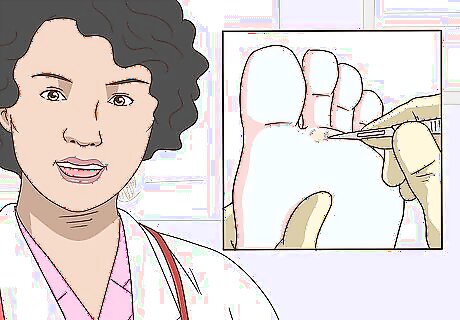
Have calluses trimmed or scraped. If you have a large callus or one that doesn’t respond to treatment, your doctor can trim or scrape away excess skin during your visit. They will safely remove calluses with medical implements such as a scalpel or medical scissors. Trimming and scraping can also redistribute weight away from the affected area. Avoid trimming or cutting away excess skin at home. This can lead to serious problems, including infection.
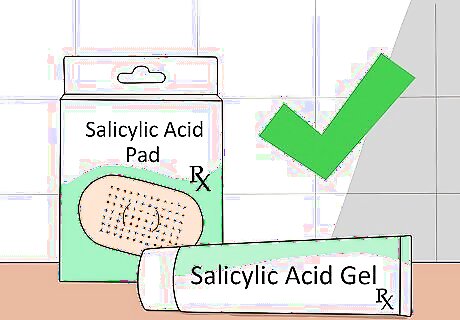
Obtain a prescription salicylic acid pad or gel. Your doctor may prescribe salicylic acid pads or gels that you can’t get over the counter. These are effective on especially stubborn or large calluses. Follow your doctor’s instructions when applying and reapplying the prescription gel and pads.

Reduce the risk of infection with antibiotic ointment. Your doctor may also prescribe an antibiotic ointment for your calluses. This can minimize your risk of infection on callused areas. Follow any application and usage instructions to prevent complications or other problems.
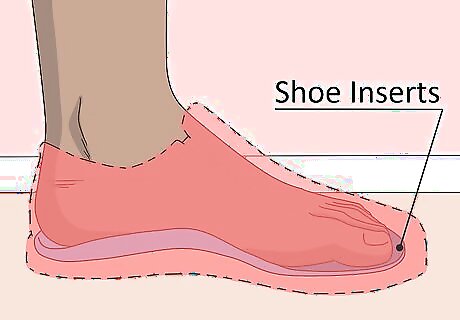
Wear shoe inserts. If you have recurring calluses on your feet, your doctor may suggest wearing over-the-counter cushion pads or insoles in your shoes. These help eliminate pressure points that can cause calluses. Recognize that your doctor may suggest custom-made insoles if bone misalignment causes severe and recurrent callusing.
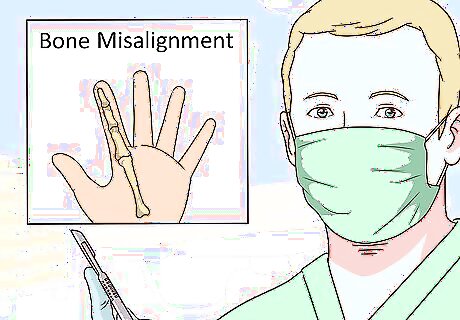
Undergo surgery for bone misalignment. In rare cases, you may require surgery to treat calluses. The surgery will readjust a bone’s position to minimize how often you get calluses. Get a second opinion on treating your calluses if you are unsure of your doctor’s suggestion to do surgery. Most doctors will welcome the opinion of another doctor.




















Comments
0 comment